The Refurbishment of Namugongo Catholic Martyrs Shrine
Namugongo is a township in the Central Region of Uganda. On 3 June 1886, 32 young men, pages at the court of King Mwanga II of Buganda, were burnt to death at Namugongo for their refusal to renounce Christianity. These young men were part of a group of 23 Anglican and 22 Catholic converts to Christianity in the historical kingdom of Buganda, now part of Uganda, who were executed between 31 January 1885 and 27 January 1887.
The Catholic Church beatified 22 Catholic martyrs in 1920 and canonized them in 1964. Annually on 3 June Christians from Uganda and other parts of the world congregate at Namugongo to commemorate the lives and religious beliefs of the Uganda Martyrs who were brave enough to die for their faith.
After more than 100 years since the gruesome events at Namugongo, the clergy of the archdiocese of Kampala decided to organise centennial celebrations for the Martyrs and celebrate 50 years since the canonization of the catholic martyrs. In preparation for this historic event, the clergy agreed to refurbish the Catholic Martyrs Shrine in Namugongo in preparation for the celebrations. His holiness, Pope Francis was invited for the celebrations.
In this article, I caught up with a quantity surveyor (Sam) who was part of the team of professionals that participated in the refurbishment of the shrine. He shared his experience during the refurbishment of Namugongo Catholic Martyrs Shrine, in preparation for the centennial celebrations.
Cyrus: Sam, it has been a while since we last met. What have you been up to?
Sam: I am a quantity surveyor running a consulting business. In my line of business, I usually complement the technical output of a host of other professionals to bring the ideas of large infrastructure projects to a reality. With a team of about five professionals, we have just pulled off the first phase of the refurbishment of the Namugongo Catholic Martyrs Shrine.
Cyrus: Would you like to share your experience with us?
Sam: Yes.
The initial construction works for the Uganda Martyrs Shrine began in 1967. They were completed and formally opened on 3 June 1975. When Pope John Paul II made a pilgrimage to Namugongo on 7 February 1993, during his six – day visit to Uganda (5 to 10 February 1993), he elevated the shrine to a rank of a minor Basilica.
In 2013, at a business meeting with my associate, Architect Matoya, I was presented with the opportunity to be involved in the refurbishment of the Namugongo Catholic Martyrs Shrine. It sounded like a challenging project but Matoya was quick to mention that there was a chance the team involved on the project would not be paid for their services.
I had previously worked with Matoya on the All Saints Cathedral project, and the construction of regional offices for the National Social Security Fund of Uganda. I decided to go for the new challenge.
Cyrus: Who was the client for this project and whom were you working with?
Sam: The client was the registered trustees of the Archdiocese of Kampala. Initially, the consultant’s team comprised an architect and a quantity surveyor. Later on, we engaged a structural engineer and an electro-mechanical engineer.
Cyrus: When did you start?
Sam: The project formulation process started towards the end of 2012. By the time i got on board, it was somewhere in the beginning of 2013. However, the client’s interest in the project plateaued in March 2013. Suddenly, towards the end of 2013, the project picked up momentum because the refurbishment was supposed to be finished before the centennial celebration of the Uganda Martyrs, scheduled for 3 June 2014.
Cyrus: What was the scope of work?
Sam: The refurbishment works comprised the construction of three pavilions, an amphitheater (with sections), a Presbyterian, renovation of the old basilica, equipping the complex with new washrooms and refurbishment of the Martyrs lake.
The team of professionals (of which I was part) produced architectural and structural drawings and appropriate tender documents for the entire scope of works.
Prior to the announcement of the tender for construction works, the client asked us to furnish them with a cost estimate for the construction works. This information was required for budgetary planning purposes because the Vatican had not yet confirmed Pope Francis’s visit to Uganda.
When reviewing our submission, the Archdiocese co-opted professionals from within their circles for technical advice. In January 2015, we received formal clearance to announce the tender for construction works. The refurbishment works were projected to last five months.
Cyrus: Briefly describe the path to contract award.
Sam: The tender process used was selective tendering. The client was looking for a contractor with the competence to deliver such a project within a very tight schedule and with good quality.
To achieve this, an expression of interest was prepared for six construction companies. Out of the six companies, three submitted bids on time, one did not submit, one submitted late and one firm returned the bid.
ROKO was selected as the preferred contractor for the works. During the evaluation process, ROKO had an edge over the rest of the companies because they had built the original basilica.
Cyrus: The award of the works contract to ROKO must have signaled that sufficient funds were available for successful completion of the project. Not so?
Sam: There was a lot more clarity about our payments as the project progressed.
The church had intended to finance this project from their funds. However, when the church paid the advance payment to the contractor, the church went to the government and fronted a suggestion that this project be treated as a state project, since the country would be hosting a dignitary.
After a series of meetings by highly placed government officials, the government agreed to make a financial contribution to the project to ensure it is a success. In addition, it was agreed that all subsequent payments for the construction supervision team and the contractor would be paid by the Ministry of Works and Transport.
To ensure sufficient quality control during the implementation of the project, a construction management team (under the Ministry of Works and Transport) was set up to oversee this construction project.
Cyrus: Did the construction works proceed satisfactorily?
Sam: Given the short five-month period for the construction works, the contractor was required to be flexible and innovative. In order to complete the works on time, ROKO decided to build the bridge and altar works within the old Martyrs lake on their own, but adopted a management contracting approach for the rest of the works.
Up to 21 subcontractors were employed on the construction site. Specialist subcontractors were engaged for steel works, painting works and aluminium works. They were supervised by ROKO to ensure ROKO’s signature of quality is maintained.
ROKO carried out the construction works in two to three shifts. Our supervision team comprised two resident structural engineers, two architects, two quantity surveyors and four M&E specialists who were on site full time.
There were other memorable highlights of the construction works
- The refurbishment of the old Martyrs lake and construction of the new altar.
The original martyrs’ lake had natural springs, overtime it had become dirty because it was hosting the yearly celebrations. In addition, the old basilica was designed such that all the run-off water from the dome of the old (original) basilica found its way to the martyrs’ lake.

Figure 1: The dome of the old (original) basilica
The water in the martyrs’ lake thus needed to be cleaned. We were instructed by the client to drain it up, re-do its walls and put the water back. While all this was going on, a new altar was built right in the middle of the martyrs’ lake.
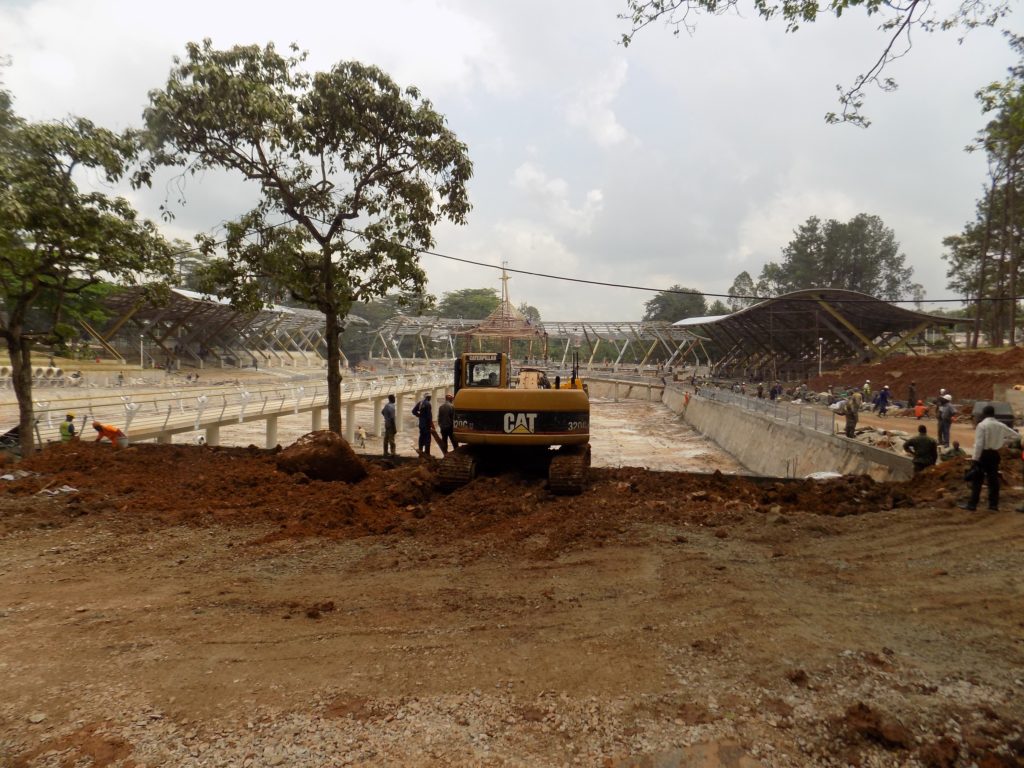
Figure 2: The lake view in the final stages of construction
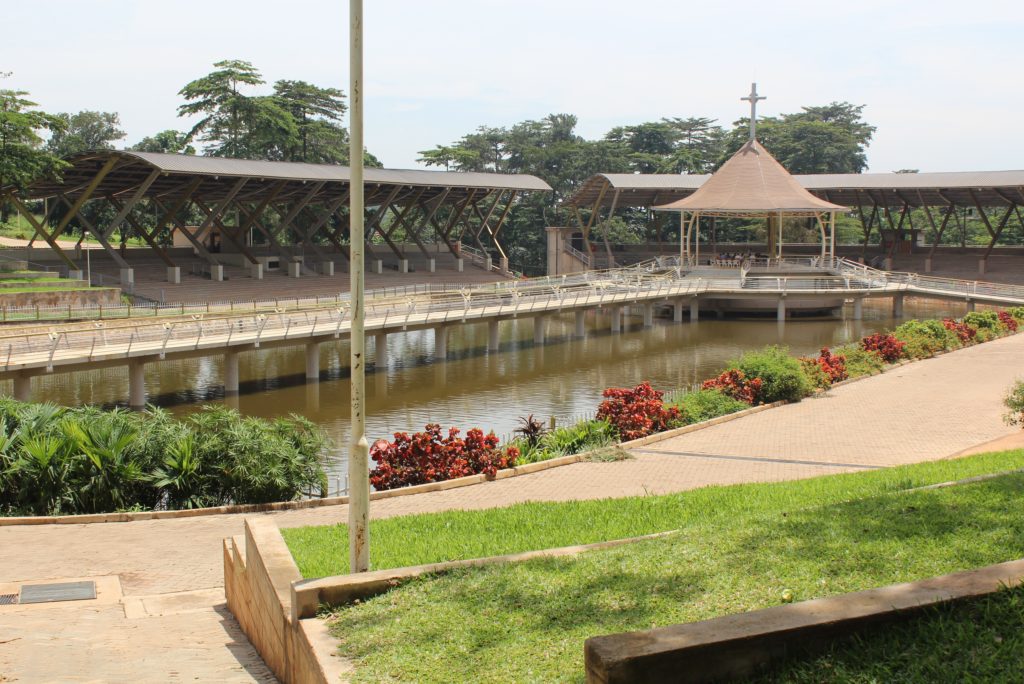
Figure 3: The lake view at completion of construction works
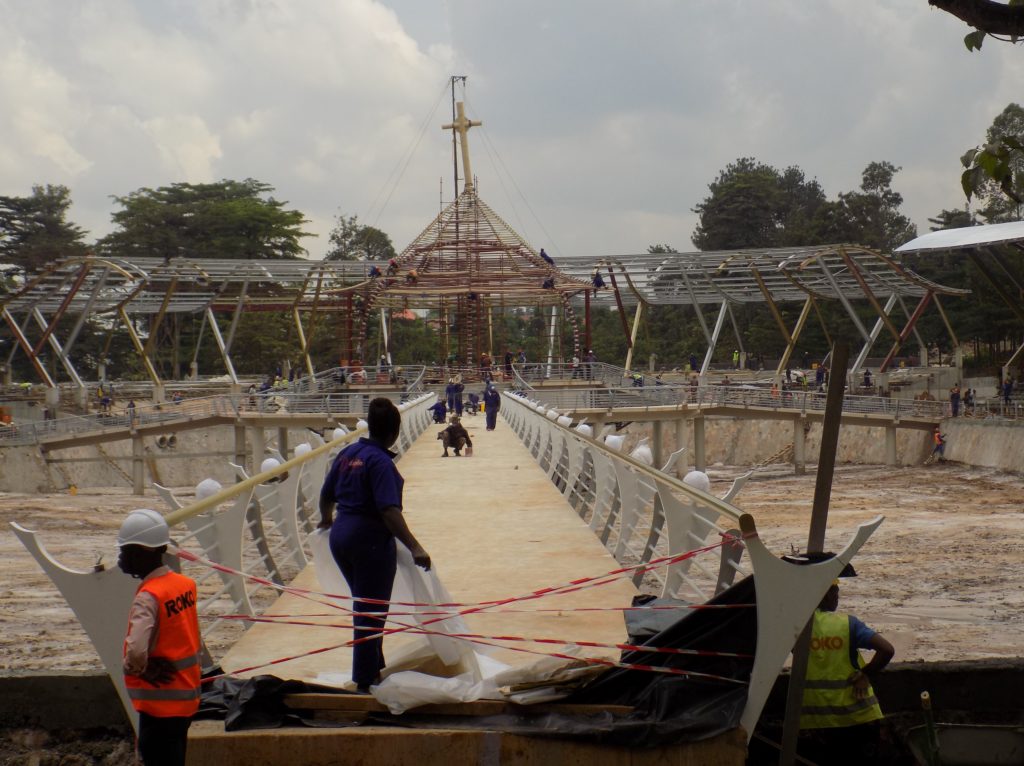
Figure 4: Final touches on the passage to the new altar
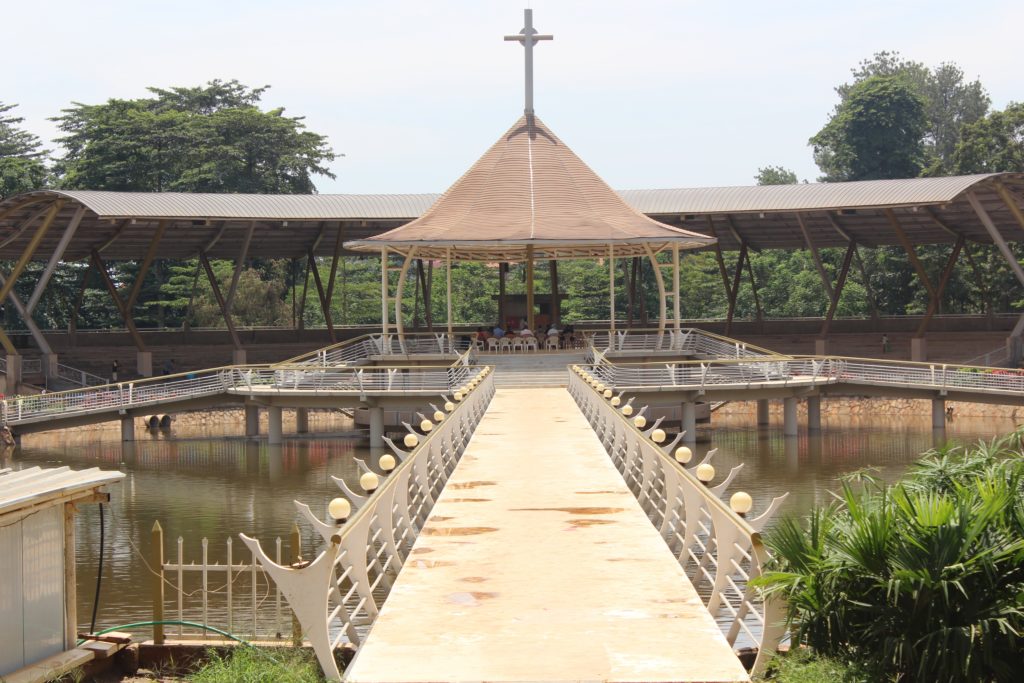
Figure 5: The passage to the new altar – view at completion of construction works
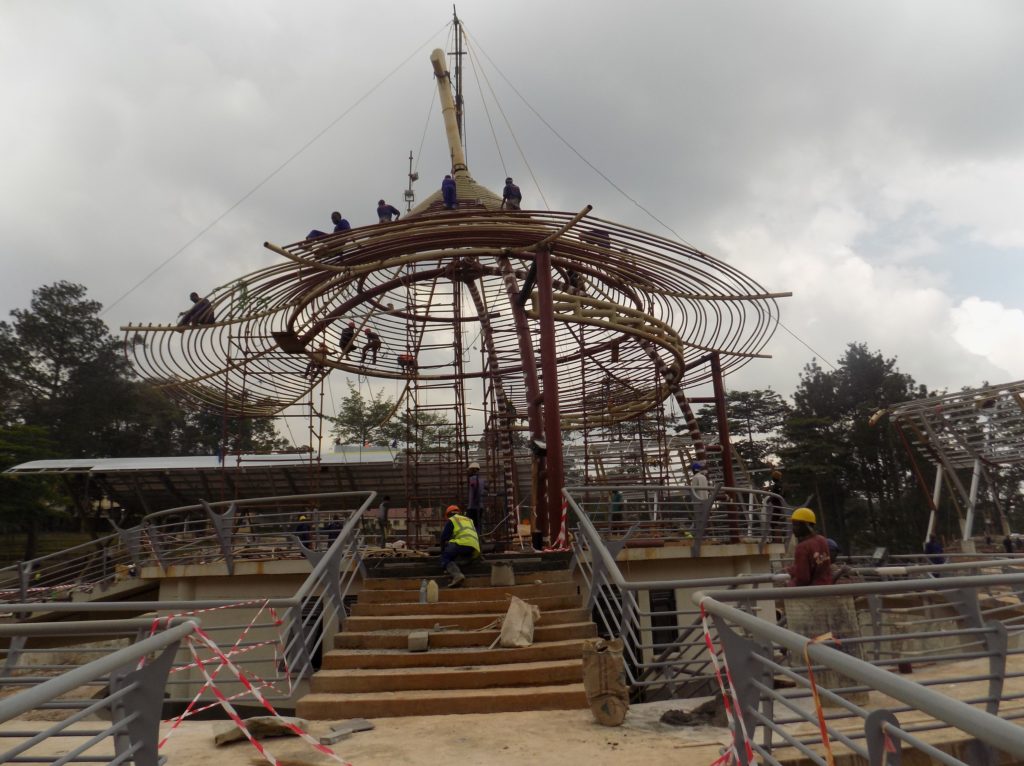
Figure 6: Erection of the special portal frame for the new altar
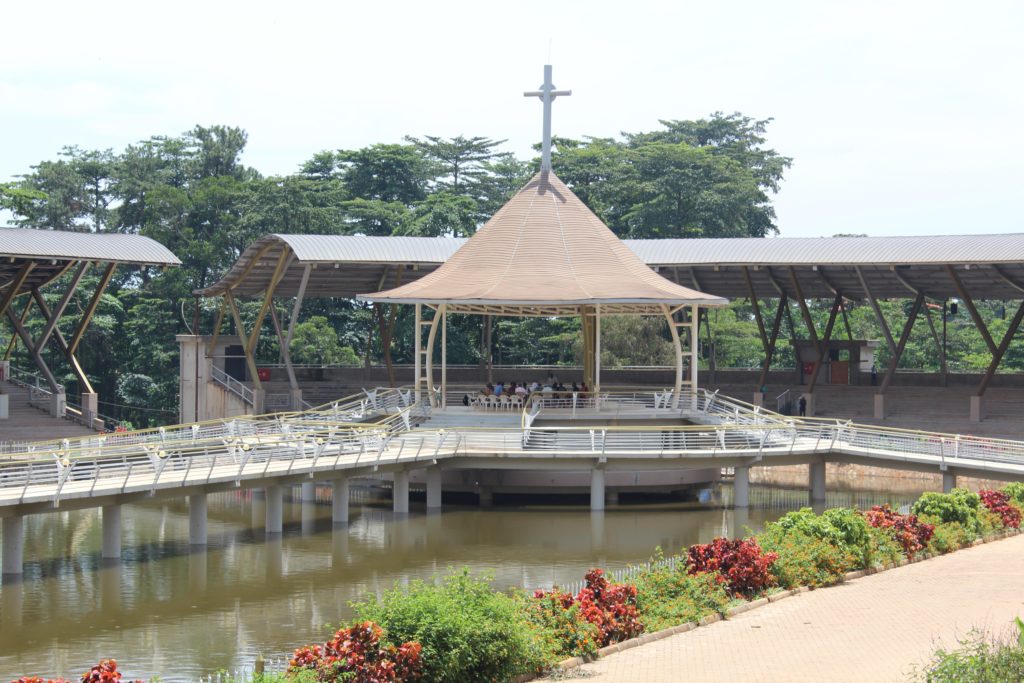
Figure 7: A view of the new altar from the terraces at completion of construction works
- The fabrication and erection of the portable frames for the pavilions
The scope of works comprised a pavilion for VIPs, another for other dignitaries and a special pavilion for the choir.
ROKO engaged a specialist sub-contractor to fabricate and install the portal frames. The portal frames were fabricated far away from the site, transported to the site with trucks and installed in place, with cranes. The installation of the portal frames was on the critical path because they were supposed to be installed in the pavilions.
After our structural engineers confirmed that the portal frames were correctly installed, roof coverings (made from a composite of aluminium and zinc) were inserted on the frames. This exercise stretched to the last day of the event.
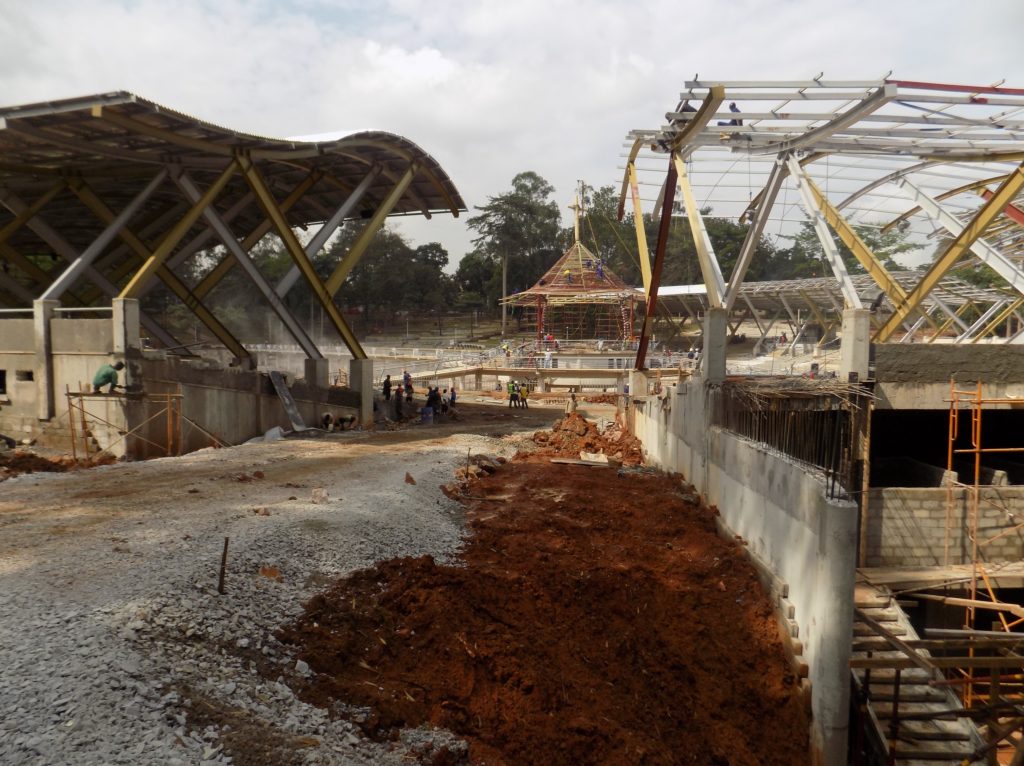
Figure 8: The portal frames as viewed from the rear end of the pavilions – view during construction
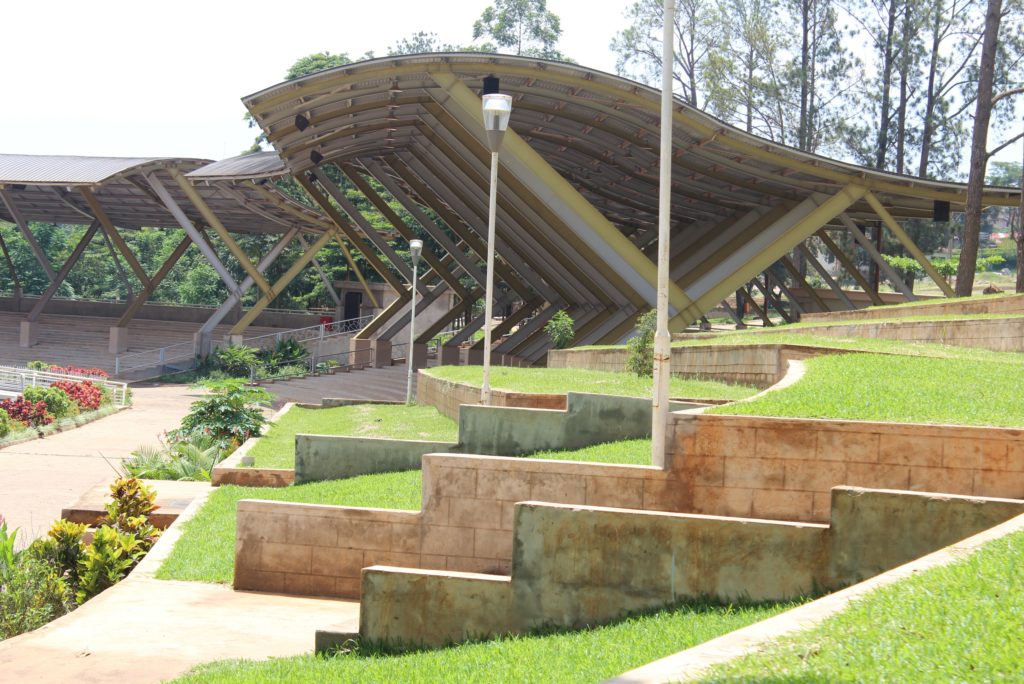
Figure 9: A view of the portal frames from the terraces – view of the completed works
Cyrus: Obviously, a lot happened that we cannot fully exhaust, but what are the greatest lessons that you learnt from your experience on this job?
Sam:
-
Tourism is big business – Considering the large number of pilgrims who visit this site annually, for the Martyrs celebrations every June 3, you will understand why the government has instructed that the Namugongo Martyr’s Shrine be built to the level of an international religious tourist site. It is now understood that the church and the local Ministry of Tourism will jointly manage this facility.
-
The power of teamwork – The diverse collaboration between the church, the state and the various professionals who were assigned to the project, enabled it to be a success. With teamwork, you can pretty much start and complete any project especially one of such high profile significance within good time.
-
Do not lose sight of the bigger picture – As a consultant, certain jobs have a lot of uncertainty, which extends to whether you will be paid for your services rendered. For this job, even when it seemed that I would not be paid from my technical input, I had a feeling that it would have a significant impact on my career. I was eventually paid and this project has opened a number of doors for my consultancy business.
-
ROKO’s decision to adopt the contract management approach – We should not lose site of the fact that there are certain contracting techniques which speed up the implementation of projects. In this case, the site had the full time presence of experts who churned out designs and re-designs while the contractor immediately proceeded to work as he received instructions. No time was lost from the design period to the implementation stage.
- Being pushed to the limit – We were challenged with bad weather, forced to work for long hours on end during the night and required to ensure that the sitting terraces were constructed to resonate with the trees and their roots.
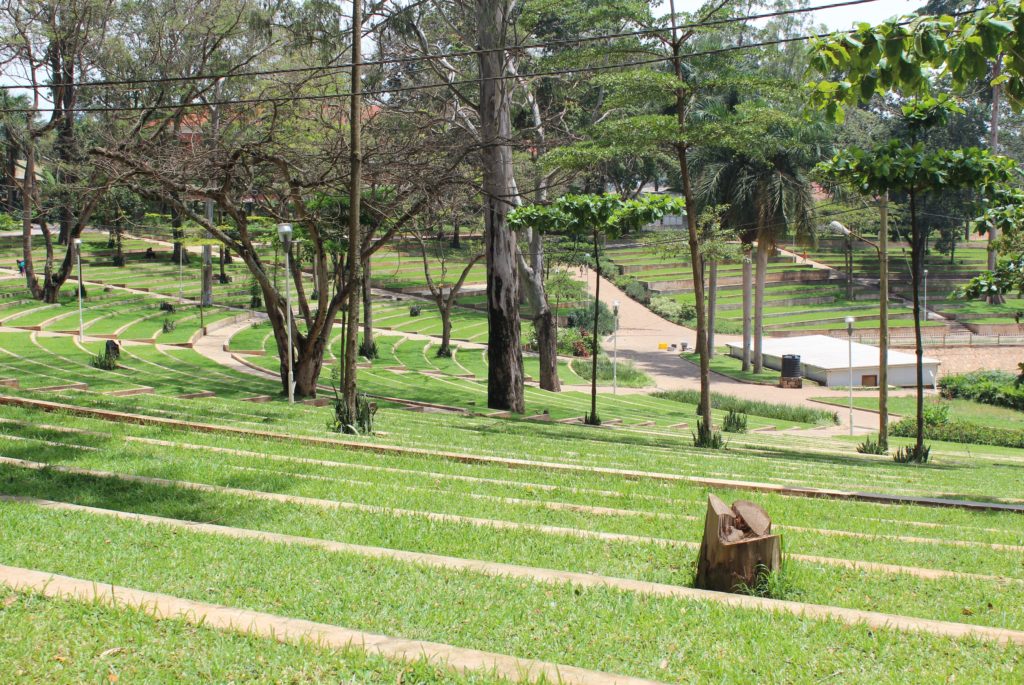
Figure 10: The sitting terraces – the view at completion of construction works
Towards the Papal visit, we realised that the entire scope of work could not be finished on time, so we decided to focus on ensuring substantial completion of some priority works so that the Pope’s visit is a success.
Cyrus: You have not told me about the Papal visit. Was it a success?
Sam: On Sunday June 14 2015, His Holiness, Pope Francis confirmed his travel to Kampala and arrived in November 2015, more than a year after the actual date for the centennial celebrations had been scheduled. He visited the Shrine and was the main celebrant at a mass in Namugongo. In my opinion, the function was a success.
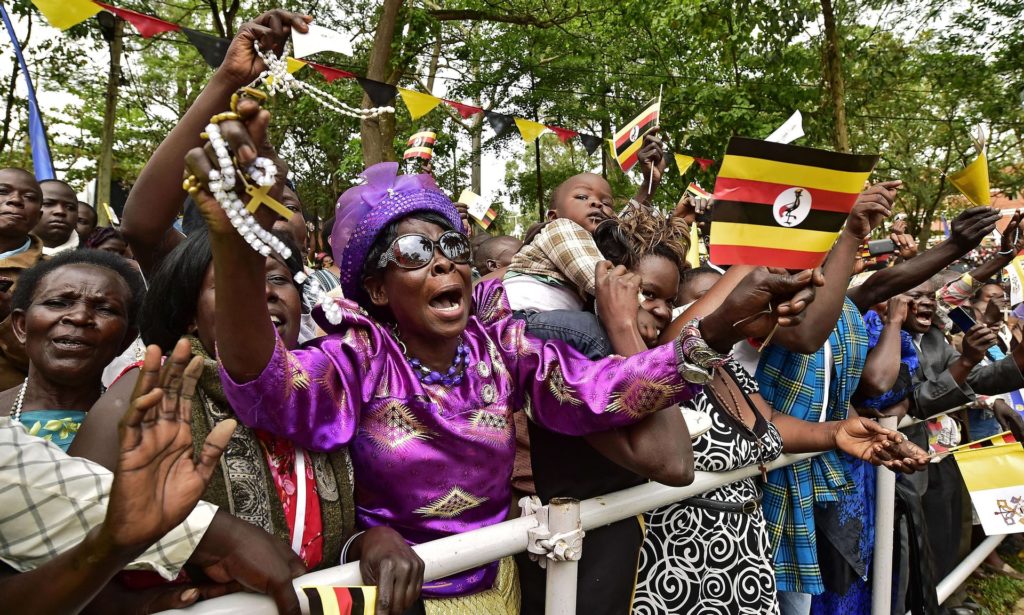
Figure 11: Believers can’t hold their excitement as Pope Francis arrives at the Shrine to celebrate mass
NB: Image in Figure 11 adopted from the Getty Images collection.
Cyrus: Thank you Sam. I will convene a meeting with your associate, Matoya to listen to his side of the story.
Sam: You are welcome.
© The Builders’ Garage 2018. Permission to use this article or quotations from it is granted subject to appropriate credit being given to thebuildersgarage.com as the source.
Follow The Builders’ Garage on Facebook , like our page to receive updates and leave us a comment
Follow (connect with) the writer (Cyrus Titus Aomu) on LinkedIn


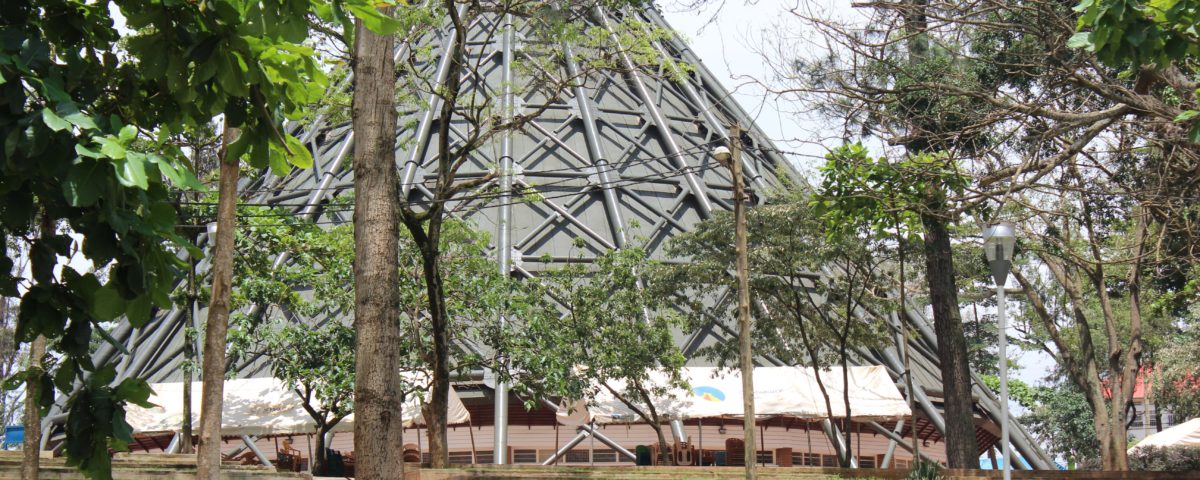
5 Comments
Great inspirational stuff…a good weave of actual events and good engineering practices told well.
Thank you Barno
Very inspiring article
Thank you. Very informative!
Thank you Mr Cyrus